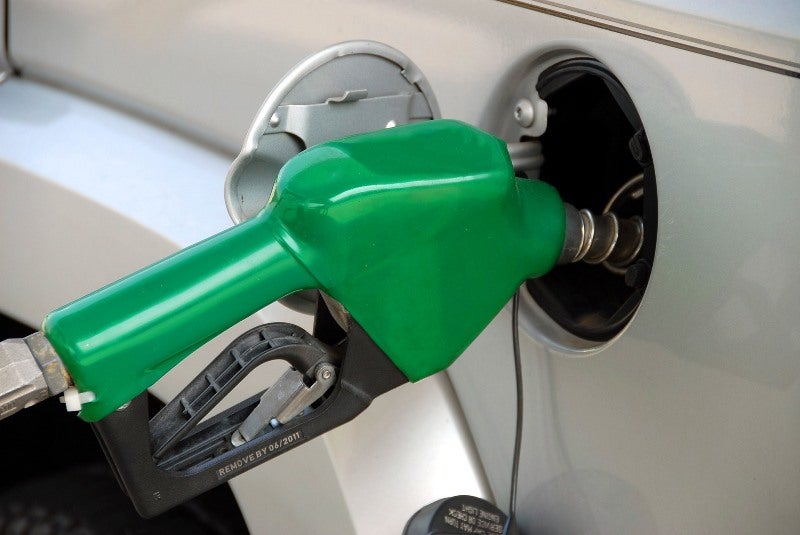
Oil prices continued their upward trend for the fourth consecutive day on Tuesday on expectations that the US Federal Reserve will cut interest rates for the first time in more than ten years to support the growth in demand for fuel in the country.
Brent crude LCOc1 increased by 46c, or 0.7%, to $64.17 a barrel, after a 0.4% gain in the previous session, while US crude CLc1 was up 41c, or 0.7%, at $57.28 a barrel, after an increase of 1.2% on Monday, Reuters reported.

Discover B2B Marketing That Performs
Combine business intelligence and editorial excellence to reach engaged professionals across 36 leading media platforms.
Referring to US crude, Singapore-based Phillip Futures analyst Benjamin Lu said in a note that lower US interest rates would ‘support a continuation in global expansionary activities and fuel demand growth’ for the second half of 2019.
Referring to US crude, he said over the phone: “If the Fed is a little more dovish and prices in a 75 basis points cut … we might see oil pushing up towards $60.
“Still, demand side concerns are the shadow over oil prices.”
US central bankers, who will begin a two-day meeting on Tuesday, are expected to cut rates for the first time after the financial crisis over a decade ago, the report said. US President Donald Trump was reported to have said that a small rate cut “is not enough.”

US Tariffs are shifting - will you react or anticipate?
Don’t let policy changes catch you off guard. Stay proactive with real-time data and expert analysis.
By GlobalDataEven though the slowing down of economic growth in the US was less than expected in the second quarter, which strengthened the outlook for oil consumption, disappointing economic data has increased concerns about slower growth elsewhere.
US and Chinese negotiators are scheduled to meet this week for their first discussions after agreeing to resolve the trade dispute at the Group of 20 meeting in June 2019.
In spite of low expectations of progress during the two-day Shanghai meeting, officials and businesses hope that Washington and Beijing can make ‘goodwill’ gestures and clear the path for future negotiations.
Meanwhile, supply risks continue to prevail as tensions remained high in the Strait of Hormuz. Around 20% of the world’s oil passes through the Strait of Hormuz. Tensions built up between Iran and the West after the Arab nation seized a British-flagged oil tanker in the Gulf in July 2019, reportedly in retaliation to the capture of an Iranian tanker by British forces near Gibraltar.





